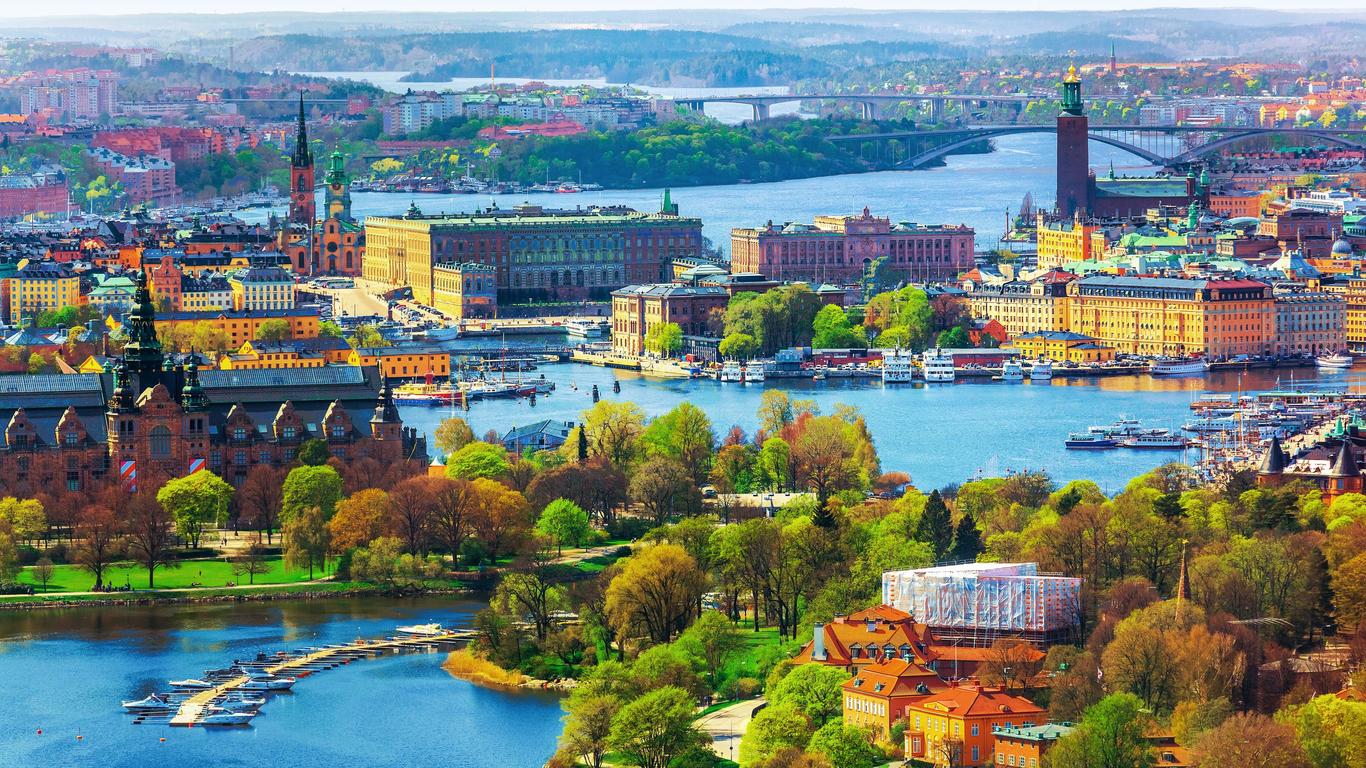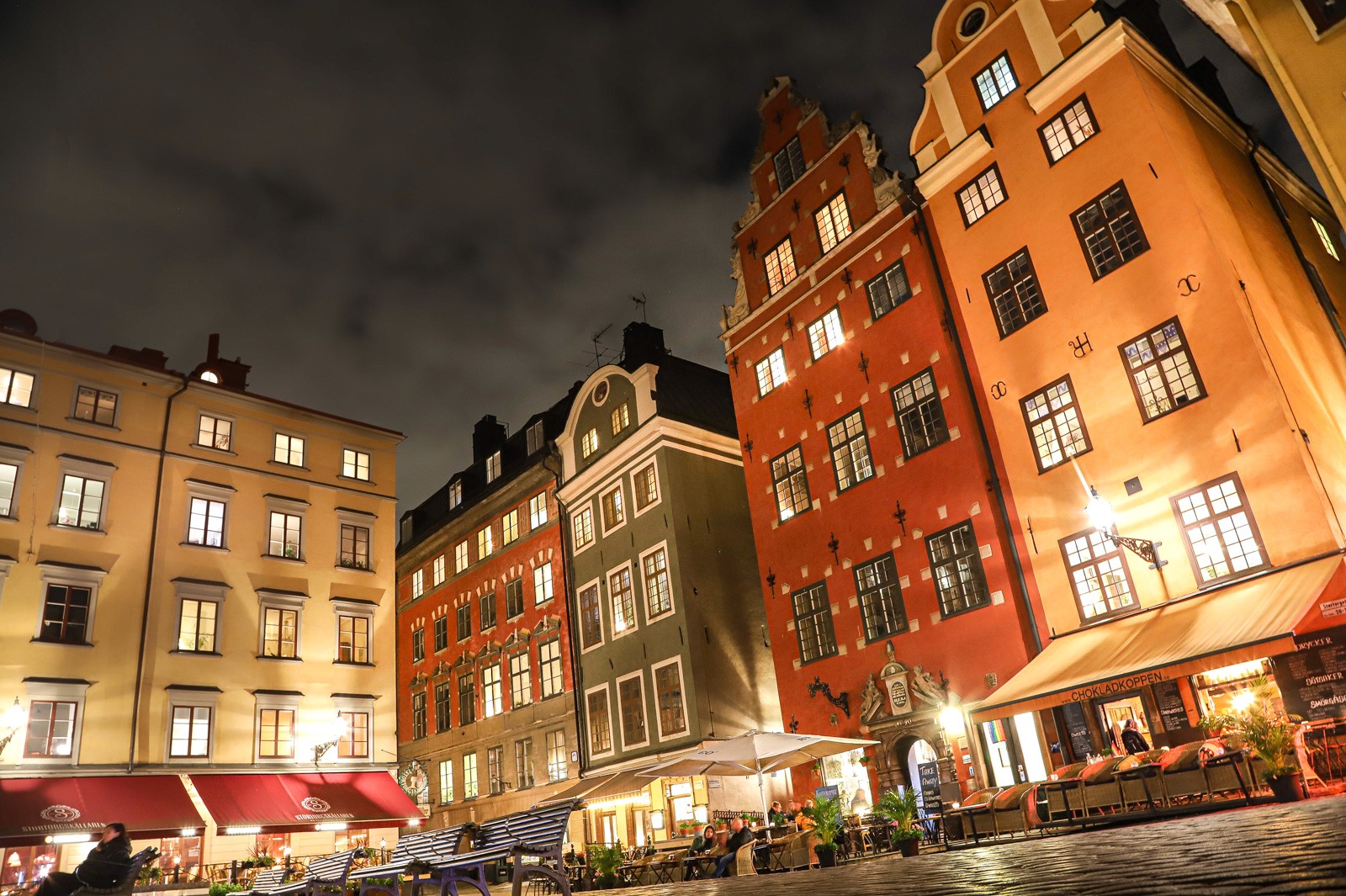5 Benefits of Outsourcing Payroll in Sweden

Collecting Payroll Data
Payroll starts with gathering accurate data:
Working hours and overtime
Vacation days and leave
Bonuses, benefits, or deductions
Sick leave or parental leave
Time reports (if hourly based)
These data points must be collected and verified before running payroll.
Salary Calculations
Once the data is in, the payroll specialist calculates:
Gross salary
Income tax (based on the employee’s tax table)
Social security contributions
Net salary
Any other deductions (pension, lunch, transport)
All calculations must comply with current tax codes and labor regulations.
Employer Declarations and Tax Payments
Each month, the employer must:
Submit a PAYE declaration to Skatteverket
Pay withheld income tax
Pay employer contributions (social security)
Report any changes, such as new hires or terminations
This is one of the most sensitive steps, as incorrect or late reporting can lead to penalties.
Payslips and Employee Records
Employees must receive a detailed payslip every month. It should show:
Salary breakdown
Taxes and deductions
Net pay
Period covered and employer info
Employers must also keep payroll records for several years, in case of audit.
Year-End Tasks
At the end of the year, the employer is responsible for:
Summarizing total payments and tax
Issuing annual income statements
Closing out the payroll year in the system
Some providers offer year-end reports automatically, which saves significant time.
Why Outsource?
Because each of these steps is time-consuming and requires legal accuracy, many companies choose to outsource payroll to specialists in Sweden.
With the right partner, payroll becomes seamless — so you can focus on business, not bureaucracy.
Before you move on, I just want to briefly tell you about the photo shown.
This is central Stockholm – a city uniquely built on 14 islands, connected by over 50 bridges, where Lake Mälaren meets the Baltic Sea.
Often called “the Venice of the North,” Stockholm blends water, stone, and skyline like nowhere else.
Its origins stretch back to the 13th century, when the Old Town (Gamla Stan) emerged as a fortified trading hub.
From its harbors, merchants exported iron, tar, and copper to Lübeck, Danzig, and Novgorod, while importing salt, wine, and fine textiles from across the Hanseatic world.
Trade links extended to Gotland, Finland, and even Norway, making Stockholm a key player in medieval Northern Europe.

